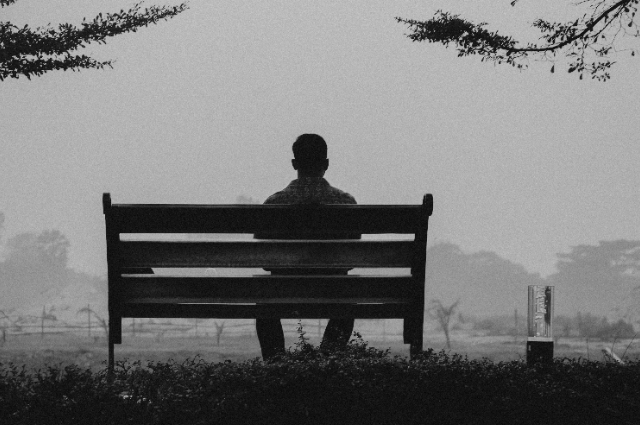
We live in a world where everyone wants to look wise. People here speak loudly, argue confidently, and try to prove their point. From school to society, we are taught that knowing more makes us stronger. But sometimes, real wisdom begins in a quieter place. It begins with accepting that we do not need to know everything.
The art of knowing nothing does not mean becoming empty or ignorant. It means becoming open. It means understanding that no matter what we know, there is always more to learn.
Understanding the Beauty of “I Don’t Know”
Saying “I don’t know” is not a weakness.
It is a sign of humility. It means I am willing to learn. I am willing to listen. I am not afraid to grow. When the mind believes it knows everything, it closes. But when the mind accepts that it knows very little, it becomes like an open window, letting new light enter.
Curiosity is the seed of wisdom. And curiosity only grows when we admit that we are still learning.
Our Small World of Experience
Each of us has lived only one life, which is our own. But the world holds millions of lives we have never seen. When we believe we know it all, we shut the door to understanding others. But when we softly say, “Maybe there is something I don’t know yet,”
We begin to truly connect. This is emotional maturity, accepting that our knowledge is just a tiny drop in a vast ocean of truths.
Peace in Not Having All the Answers
So many people feel lost because they think they must have life figured out, their future, their purpose, their relationships. But truth whispers gently, No one has everything figured out. Everyone is learning as they walk. Life is not a test paper. It is a journey. A slow unfolding. It is a blooming flower, petal by petal.
When we stop forcing ourselves to know everything, the heart becomes lighter, the mind becomes calmer, and breathing becomes easier.
There is peace in the unknown.
Listening With an Empty Cup
There is a saying, To learn, your cup must be empty. When we believe we already know, we stop listening. But when we believe we know nothing,
we listen deeply, with patience and presence.
We hear not just words but feelings. Not just voices but silence. Listening becomes an act of love.
Letting Go of Pride
Pride whispers, “I am always right.”
Wisdom replies softly, “I am ready to understand.” Changing your mind when you learn something new is not a weakness. It is growth. A rigid branch breaks in the storm. A flexible one bends, survives, and continues to grow. The art of knowing nothing teaches us to apologize without fear, accept corrections without pain, and value understanding more than winning.
This is how the heart becomes gentle.
The Mysteries Beyond Knowledge
Joanna Borkowska wrote an essay. In which she talks about the idea of nothingness and how it plays a big role in her art. Many philosophers and scientists have tried to explain nothingness, but it is still a very mysterious idea. Borkowska explains it from her own experience as an artist. She also mentions that many famous artists, like Mark Rothko and Yayoi Kusama, have created art that is inspired by emptiness and the idea of the void.
For Borkowska, nothingness is not just a space. It is a quiet, peaceful state where new ideas can grow. When she starts painting, she does not always have a plan. She sits in front of a blank canvas, relaxes, breathes, and lets her mind become still. After some time, she enters in zone that she calls the “zone of nothingness.” In this state, she feels very calm and clear, like time has stopped. This helps her see new ideas for her art.
When she begins to paint, everything matters to her, like the air, the temperature, the paint texture, and her mood. She uses techniques like pouring paint, splattering it, or placing tiny dots. Some paintings take weeks or months to finish because she works in many layers. She believes her paintings are connected to her thoughts and feelings, almost like her art is part of her mind.
One of her paintings, called Nothingness, was created after she spent a long time thinking about what nothingness really means. Even after researching and painting, she realized that the idea of nothingness cannot be fully understood.
In the end, she sees her art as a partnership with Nature, where she shows things that are usually invisible, feelings, energy, silence, and the space before ideas form. There are things the mind cannot really measure. Like love, Faith, Healing, the human heart, the quiet ways life changes us. Not everything is meant to be solved. Some things are meant to be felt. When we accept mystery, life becomes beautiful again. We return to wonder, to softness, and to awe.
How to Practice This Art
Start slowly, ask questions instead of assuming. Listen more than you speak. Say “I don’t know” without shame. Stay curious, always. Let life teach you gently.
The art of knowing nothing is not emptiness; it is openness. It reminds us that wisdom is not about collecting answers, but about staying humble, curious, and kind. When we accept that we do not know everything, we grow. We connect. We soften. And we learn endlessly.
To know nothing is to be free, free from ego, free from pressure, and beautifully open to life.
The journey of wisdom begins where certainty ends.
. . .
Reference:
